Home>Articles>Where To Put TV In Living Room With Lots Of Windows
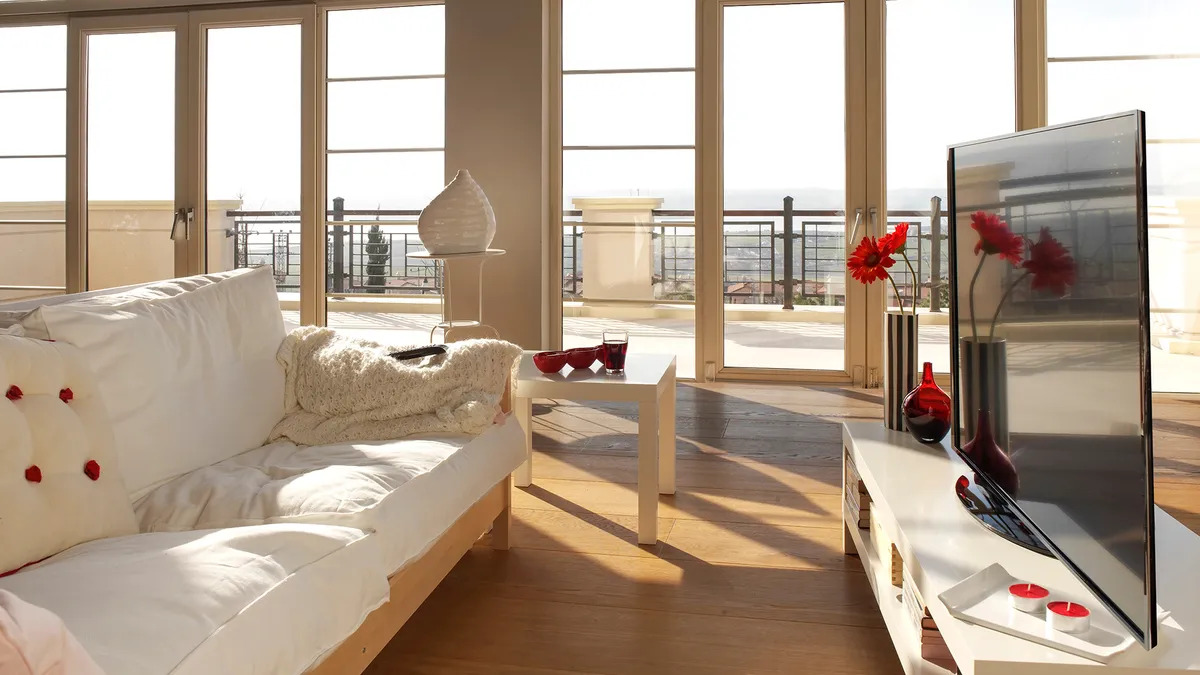

Articles
Where To Put TV In Living Room With Lots Of Windows
Modified: January 6, 2024
Find out where to position your TV in a living room with plenty of windows. Read our helpful articles for tips and ideas on maximizing your viewing experience.
(Many of the links in this article redirect to a specific reviewed product. Your purchase of these products through affiliate links helps to generate commission for Storables.com, at no extra cost. Learn more)
Introduction
When it comes to designing a living room, natural light is often a desired feature. However, if you have lots of windows in your living room, it can make placing a TV a bit challenging. The abundant sunlight streaming in can create glare on the TV screen, making it difficult to enjoy your favorite shows and movies. But fret not! With careful consideration and strategic placement, you can find the perfect spot for your TV that balances both natural light and optimal viewing experience.
In this article, we will explore various factors to consider when placing a TV in a living room with lots of windows. We will also discuss different options and configurations that can help you find the ideal spot for your TV, allowing you to enjoy a bright and inviting living space without sacrificing your entertainment needs.
Key Takeaways:
- Find the perfect TV placement in a sunlit living room by considering factors like viewing angles, glare control, and room layout. Explore options like opposite window positioning, fireplace mounting, and built-in shelving integration for a harmonious setup.
- Balance natural light and optimal TV viewing by utilizing corner placement, dedicated media walls, and strategic window treatments. Choose the right TV and seating arrangement to create a bright and enjoyable living room experience.
Factors to consider when placing a TV in a living room with lots of windows
When deciding on the placement of your TV in a living room with abundant windows, there are a few key factors to take into consideration. By considering these factors, you can ensure optimal viewing angles, minimal glare, and a harmonious integration of the TV into your overall living room layout.
1. Viewing angles: One of the most important factors to consider is the viewing angles from different seating positions in the room. You want to ensure that the TV can be comfortably seen from various locations without straining your neck or eyes. Take into account the positions of your windows and plan the TV placement accordingly to maintain good viewing angles.
2. Glare control: Windows usually bring in natural light, but they can also create glare on the TV screen, making it difficult to see the content clearly. Consider the direction and intensity of the sunlight throughout the day and position the TV away from direct sunlight. You can also use curtains, blinds, or window film to regulate the amount of light entering the room and minimize glare.
3. Room layout: Take a close look at the layout of your living room and identify the areas where people usually sit or gather to watch TV. Consider the flow of foot traffic, furniture placement, and any existing focal points in the room. This will help you determine the best spot to position the TV, considering both functionality and aesthetics.
4. Wiring and electrical outlets: Ensure that you have easy access to electrical outlets and consider the wiring needed to connect your TV and other components. Plan the placement of the TV accordingly to avoid any messy cables or limited access to power sources.
5. Sound quality: The placement of your TV can also impact the audio quality. Consider the location of speakers if you have a surround sound system or soundbar, and position the TV in a way that allows for optimal sound projection and balance in the room.
By considering these factors, you can create a well-designed and functional TV viewing area in your living room, even with lots of windows. Now, let’s explore some specific placement options to help you find the perfect spot for your TV.
Positioning the TV opposite to windows
One option for placing your TV in a living room with lots of windows is to position it directly opposite the windows. This setup can work well if you have the space and the natural light doesn’t create significant glare on the TV screen.
By placing the TV opposite the windows, you create a balanced focal point in the room and ensure that everyone can easily see the screen from various seating positions. This setup also allows you to take advantage of natural light during the day, providing a bright and inviting atmosphere in your living room.
If glare becomes an issue, you can consider a few solutions:
- Adjust the curtains or blinds to control the amount of incoming light. Pulling the curtains closed during the day or tilting blinds can help reduce glare without completely blocking the natural light.
- Choose a TV with anti-glare technology. Some TVs are specifically designed to minimize glare and reflections, making them ideal for rooms with lots of windows.
- Invest in a glare-reducing screen protector. These screen protectors are designed to reduce glare and enhance visibility while maintaining the clarity and quality of the display.
Remember to evaluate the seating arrangement in the room as well. Make sure that the furniture is positioned in a way that allows comfortable viewing angles from all seating positions.
Positioning the TV opposite to windows can create a visually appealing setup and allows you to enjoy both the natural light and your favorite shows or movies. However, if this arrangement doesn’t work for your living room, there are other options to explore. Let’s discuss another placement option next.
Mounting the TV above the fireplace
If you’re looking for a space-saving and aesthetically pleasing option, consider mounting your TV above the fireplace. This setup can be particularly advantageous in a living room with lots of windows because it allows you to utilize the vertical space and keeps the TV at eye level for comfortable viewing.
Mounting the TV above the fireplace helps to create a focal point in the room and keeps the TV out of the direct line of sight from the windows, minimizing glare. Additionally, it allows you to maximize floor space and create a clean and streamlined look in your living room.
When considering this option, there are a few factors to keep in mind:
- Heat resistance: Fireplaces generate heat, so it’s important to ensure that the materials and components used in the TV mounting setup are heat resistant. Look for a TV mount and any necessary cables or adapters that can withstand the heat generated by the fireplace.
- Viewing angle: Mounting the TV above the fireplace can result in a higher viewing angle, which may not be ideal for comfortable viewing. To overcome this, consider using a tilting or swiveling mount that allows you to adjust the angle of the TV to suit your seating arrangement.
- Cable management: Since the TV will be mounted above the fireplace, you’ll need to plan for proper cable management. Concealing the cables in the wall or using cable management solutions can help maintain a clean and organized look.
- Aesthetics: Ensure that the size and style of the TV complement the overall aesthetic of your living room. Consider the proportions of the fireplace and the space above it to choose a TV size that fits harmoniously.
Mounting the TV above the fireplace can be a stylish and space-saving solution for a living room with lots of windows. It allows you to maintain an unobstructed view of the windows while enjoying your favorite entertainment. However, if mounting above the fireplace isn’t an option or doesn’t suit your preferences, there are other alternatives to explore. Let’s discuss one such option next.
Incorporating the TV into built-in shelving or cabinets
If you’re looking for a more customized and integrated solution, incorporating the TV into built-in shelving or cabinets can be an excellent option. This approach allows you to seamlessly blend your TV with the rest of your living room decor and provides additional storage and display space for books, accessories, or other media devices.
By placing the TV within built-in shelving or cabinets, you can create a cohesive and visually appealing focal point in your living room. The shelves or cabinets can be designed to accommodate the size and shape of your TV, providing a clean and organized look.
Here are a few tips for incorporating the TV into built-in shelving or cabinets in a living room with lots of windows:
- Design and layout: Plan the design and layout of the built-in shelving or cabinets to ensure that the TV is adequately supported and positioned at a comfortable viewing height. Consider the spacing between shelves, ensuring that there’s enough room for the TV and any additional media devices.
- Cable management: Built-in shelving or cabinets provide an opportunity to hide cables and wires, creating a neat and clutter-free appearance. Install outlets or cable management solutions within the cabinets or behind the shelves to keep the cables organized and out of sight.
- Adjustable shelves: If you have windows positioned near the built-in shelving or cabinets, consider incorporating adjustable shelves. This way, you can accommodate various heights of decorative items or media devices, ensuring that the windows aren’t obstructed.
- Maintaining a balanced feel: Be mindful of the overall balance and symmetry when integrating the TV into built-in shelving or cabinets. Consider incorporating other decorative items or artwork into the shelves to create a harmonious and visually appealing arrangement.
Incorporating the TV into built-in shelving or cabinets not only provides a functional and stylish solution but also allows you to take advantage of the natural light from the windows while enjoying your favorite shows or movies. However, if this option doesn’t align with your preferences or room layout, there are other possibilities to explore. Let’s move on to the next placement option.
Consider placing the TV on a wall opposite the windows to minimize glare. Use curtains or blinds to control natural light and consider a tilting mount to adjust the TV angle.
Read more: Where To Put A TV In A Small Living Room
Using a TV stand or console against a wall
If you prefer a more flexible and versatile option for placing your TV in a living room with lots of windows, using a TV stand or console against a wall can be an excellent choice. This setup allows you to easily reposition the TV and adapt to different seating arrangements, making it convenient for rearranging furniture or changing the room layout.
A TV stand or console provides a sturdy and stable surface for your TV, along with storage space for media devices, DVDs, or other accessories. By positioning the TV stand or console against a wall, you can minimize glare from the windows while maintaining a clear view of the screen.
Here are a few considerations when using a TV stand or console against a wall:
- Size and design: Choose a TV stand or console that accommodates the size and weight of your TV. Consider the height of the stand to ensure that the TV is positioned at a comfortable viewing level. Additionally, select a design that complements the style of your living room and enhances the overall aesthetics.
- Cable management: Keep the area around the TV stand or console organized by using cable management solutions. This will help hide the cables and wires, creating a clean and clutter-free appearance.
- Adjusting placement: Since the TV stand or console is not fixed to the wall, you have the flexibility to adjust its placement based on lighting conditions or seating arrangements. Experiment with different positions to find the optimal spot that offers a clear view of the TV screen without significant glare.
- Furniture arrangement: Ensure that the TV stand or console is positioned in a way that allows comfortable viewing angles from the seating areas in the room. Consider the flow of foot traffic and other furniture placements to create a functional and inviting living room layout.
Using a TV stand or console against a wall provides flexibility and convenience, allowing you to adapt to different room configurations and seating arrangements. This option ensures that you can enjoy your favorite shows and movies without compromising on natural light from the windows. However, if using a TV stand or console doesn’t align with your preferences, there are other possibilities to explore. Let’s discuss one such option next.
Utilizing corner placement for the TV
If you have limited wall space due to an abundance of windows, utilizing corner placement for your TV can be a smart solution. Placing the TV in a corner not only maximizes the use of space but also allows the natural light from the windows to shine through without obstructing the view.
Here are some tips for utilizing corner placement for your TV in a living room with lots of windows:
- Corner TV stand or wall mount: Invest in a corner TV stand or wall mount specifically designed for corner placement. These options are designed to fit seamlessly into corners, ensuring stability and optimal viewing angles.
- Tilt or swivel mount: Consider using a tilt or swivel mount for your TV to adjust the angle and improve the viewing experience. This allows you to position the TV in the corner while still ensuring comfortable viewing from different seating areas.
- Sound projection: If you opt for corner placement, consider the acoustics of the room. Since the speakers will be closer to the corners, sound projection may be affected. You can address this by using a soundbar or placing acoustic panels strategically to optimize the audio experience.
- Cable management: Proper cable management is crucial when placing the TV in a corner. Tuck away cables and wires using cable management solutions to maintain a neat and organized appearance.
- Consider furniture placement: Evaluate the placement of furniture around the corner TV setup. Arrange seating and other furniture pieces to ensure comfortable viewing angles and a balanced layout in the room.
Utilizing corner placement for the TV allows you to make the most of the available space and natural light in your living room. It creates a unique and visually interesting focal point while maintaining an open and spacious feel. However, if corner placement doesn’t suit your preferences or room layout, there are other alternatives to explore. Let’s discuss one more option next.
Creating a dedicated media wall or entertainment center
If you want to make a statement and have a dedicated space for your TV and other entertainment components, creating a media wall or entertainment center can be the perfect solution. This setup allows you to design a customized and centralized area for all your media needs while integrating the TV seamlessly with the rest of your living room decor.
Here are some considerations when creating a dedicated media wall or entertainment center in a living room with lots of windows:
- Design and layout: Plan the design and layout of the media wall or entertainment center, keeping in mind the size and placement of your TV as well as the available space. Consider incorporating shelves, cabinets, and drawers to provide storage for media devices, DVDs, and other accessories.
- Integration with windows: You can integrate the media wall or entertainment center with windows by designing it in a way that complements the window layout. Consider aligning the height of shelves or cabinet openings with the window frames to maintain a balanced and visually pleasing arrangement.
- Cord management: Proper cord management is essential in a media wall or entertainment center setup to keep cables and wires organized and hidden. Utilize cable management solutions such as wall-mounted cable covers or use furniture with built-in cable management features.
- Lighting: Incorporating lighting into your media wall or entertainment center can enhance the aesthetic appeal and functionality. Install LED strip lights or spotlight fixtures to highlight the TV, artwork, or display items, and to provide ambient lighting in the room.
- Speaker placement: If you have a surround sound system, ensure that you plan for proper speaker placement within the media wall or entertainment center. Consider speaker stands, built-in compartments, or wall-mounting options to optimize audio quality.
Creating a dedicated media wall or entertainment center allows you to have a centralized hub for all your media devices and a visually appealing display in your living room. By carefully planning the design and integrating it with the windows, you can create a harmonious and functional space, combining the benefits of natural light and your entertainment needs.
Now that we have explored various placement options, it’s time to consider how to maximize natural light while minimizing glare on the TV screen. Let’s delve into that next.
Maximizing Natural Light While Minimizing Glare on the TV Screen
In a living room with lots of windows, it’s essential to strike a balance between maximizing natural light and minimizing glare on the TV screen. Here are a few tips to help you achieve this:
- Adjust window treatments: Utilize curtains, blinds, or window film to control the amount of light entering the room. Sheer curtains or light-filtering blinds can allow natural light while reducing glare. Angling blinds or tilting slats can also help direct light away from the TV.
- Choose the right TV: When selecting a TV, consider models with anti-glare technology. These TVs are specially designed to minimize glare and reflections, providing you with a clearer image even in bright environments.
- Position the TV strategically: Find the optimum position for the TV that minimizes direct sunlight hitting the screen. Experiment with different placements to avoid reflections and glares caused by windows or other light sources in the room.
- Use a tilt or swivel mount: Mount the TV on a tilt or swivel mount that allows you to adjust the angle of the screen. This way, you can tilt the TV slightly downward to reduce glare and improve the viewing experience.
- Opt for an anti-glare screen protector: Consider using an anti-glare screen protector on your TV. These protectors are designed to reduce reflections and minimize glare, providing a clearer and more enjoyable viewing experience.
- Adjust room lighting: Evaluate the overall lighting in the room. Avoid placing bright or reflective objects near the TV that can create additional glare. Opt for soft, indirect lighting options, such as table lamps or floor lamps, to create a cozy ambiance without compromising the viewing experience.
- Create a TV viewing zone: Arrange furniture in a way that creates a designated TV viewing zone. Position seating areas away from direct light sources or windows that may cause excessive glare. This will help provide the best possible viewing angles while minimizing the impact of natural light.
By implementing these methods, you can maximize natural light in your living room while minimizing glare on the TV screen. This ensures that you can enjoy the benefits of sunlight while maintaining an optimal viewing experience. Now, let’s summarize all the factors and placement options we’ve discussed.
Read more: Where To Put TV In Room With Fireplace
Conclusion
Placing a TV in a living room with lots of windows may present some challenges, but with careful consideration, you can find the perfect spot that balances both natural light and an optimal viewing experience. Throughout this article, we have explored various factors to consider when placing a TV in such a space, as well as different placement options to suit your needs and preferences.
We discussed the importance of viewing angles, glare control, room layout, wiring, and sound quality when determining the placement of your TV. We explored options such as positioning the TV opposite the windows for optimal viewing and natural light, mounting the TV above the fireplace for space-saving convenience, incorporating the TV into built-in shelving or cabinets for a customized look, using a TV stand or console against a wall for flexibility, utilizing corner placement to maximize space, and creating a dedicated media wall or entertainment center for a centralized hub.
To make the most of natural light while minimizing glare on the TV screen, we suggested adjusting window treatments, choosing the right TV with anti-glare technology, positioning the TV strategically, using tilt or swivel mounts, opting for anti-glare screen protectors, adjusting room lighting, and creating a designated TV viewing zone.
Remember, it’s important to strike a balance between maximizing natural light and ensuring a comfortable and enjoyable viewing experience. Consider the layout, design, and functionality of your living room and choose the placement option that best suits your needs.
Ultimately, finding the perfect spot for your TV in a living room with lots of windows requires careful consideration of factors such as viewing angles, glare control, room layout, and your personal preferences. By following the tips and suggestions in this article, you can create a harmonious and functional living space that seamlessly integrates your TV and takes full advantage of the natural light available.
So, go ahead and find the ideal placement for your TV, sit back, relax, and enjoy your favorite shows and movies in a beautifully bright and inviting living room!
Frequently Asked Questions about Where To Put TV In Living Room With Lots Of Windows
Was this page helpful?
At Storables.com, we guarantee accurate and reliable information. Our content, validated by Expert Board Contributors, is crafted following stringent Editorial Policies. We're committed to providing you with well-researched, expert-backed insights for all your informational needs.
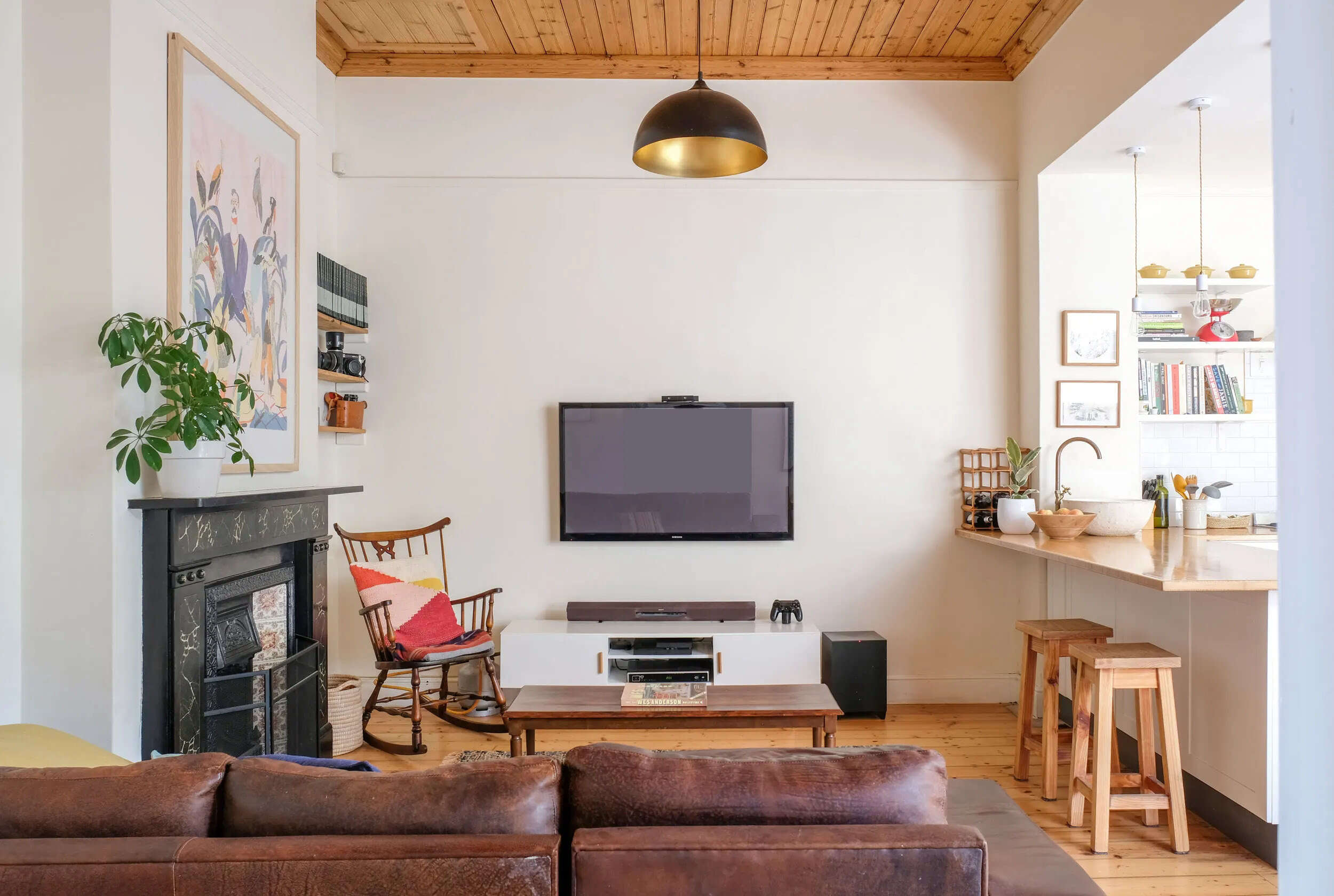
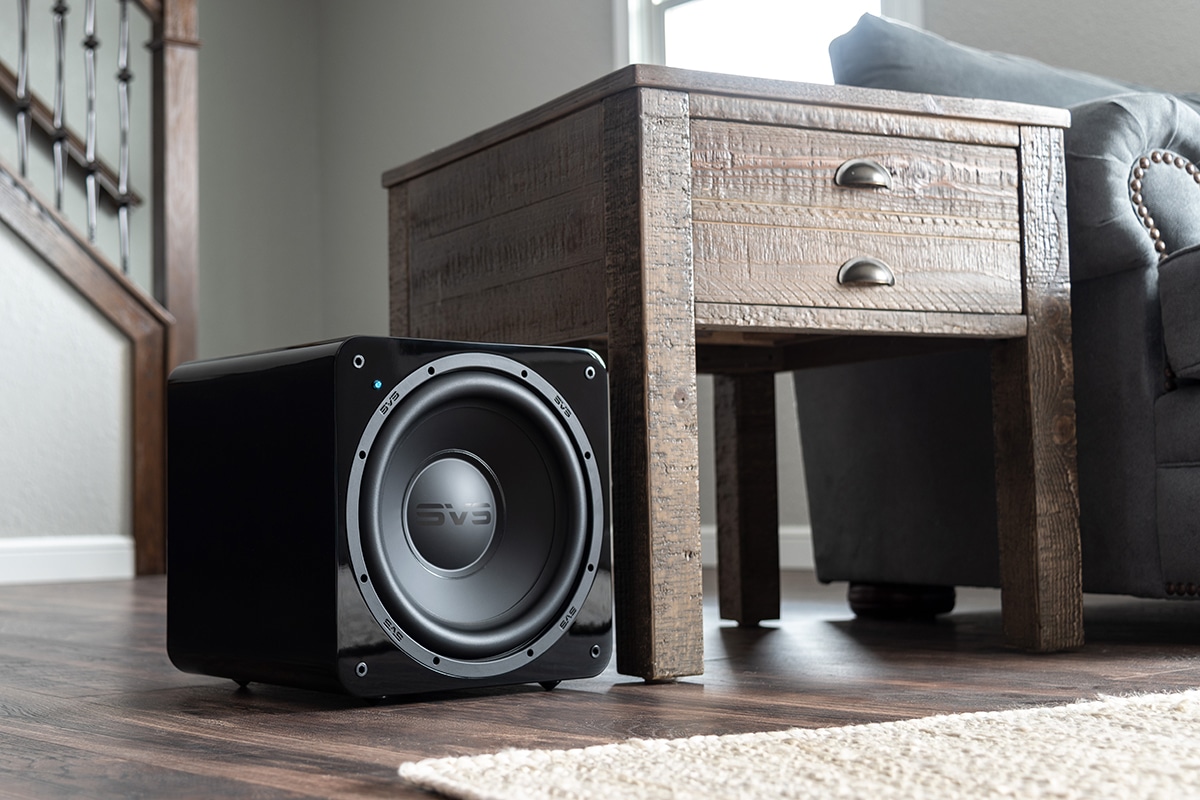
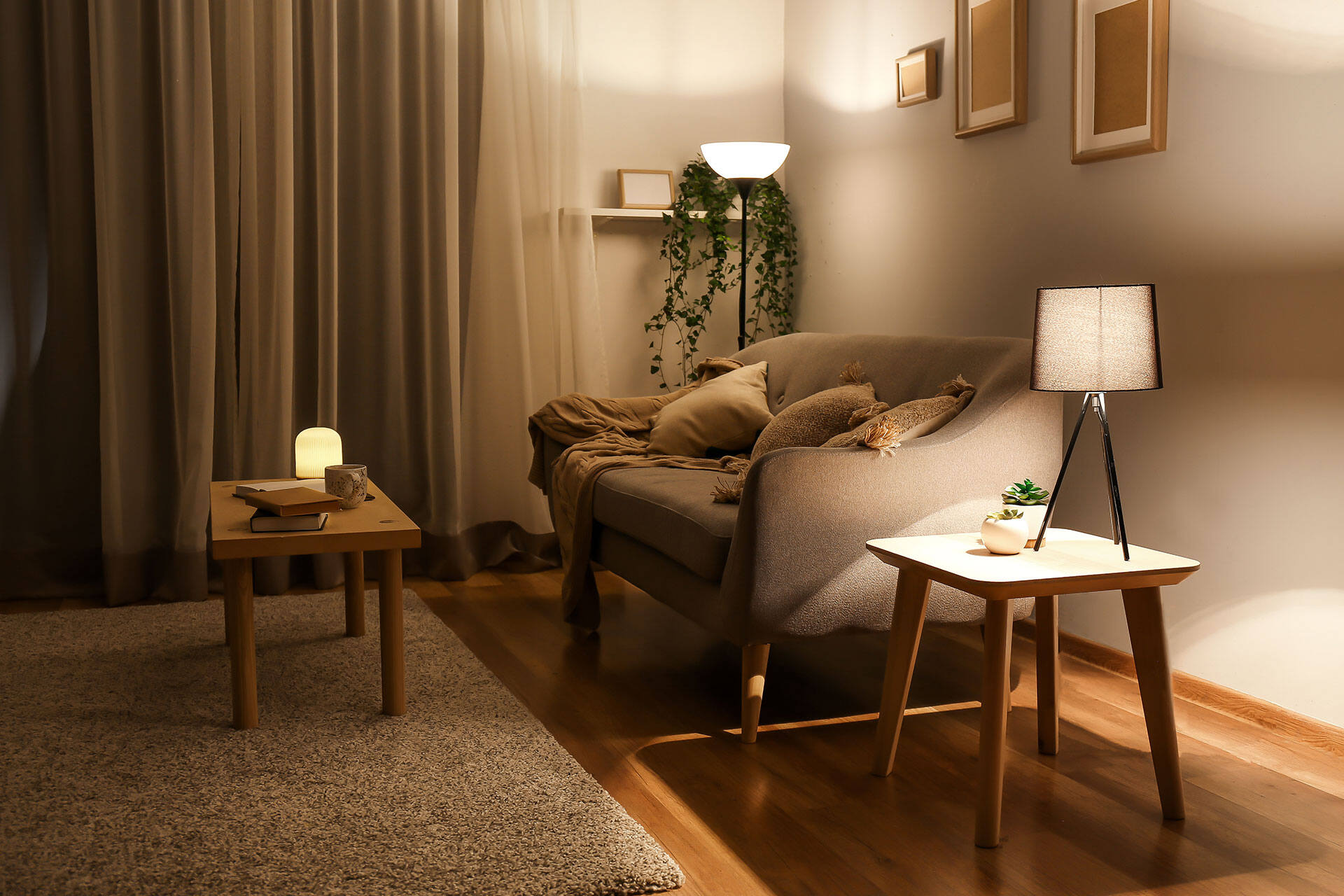
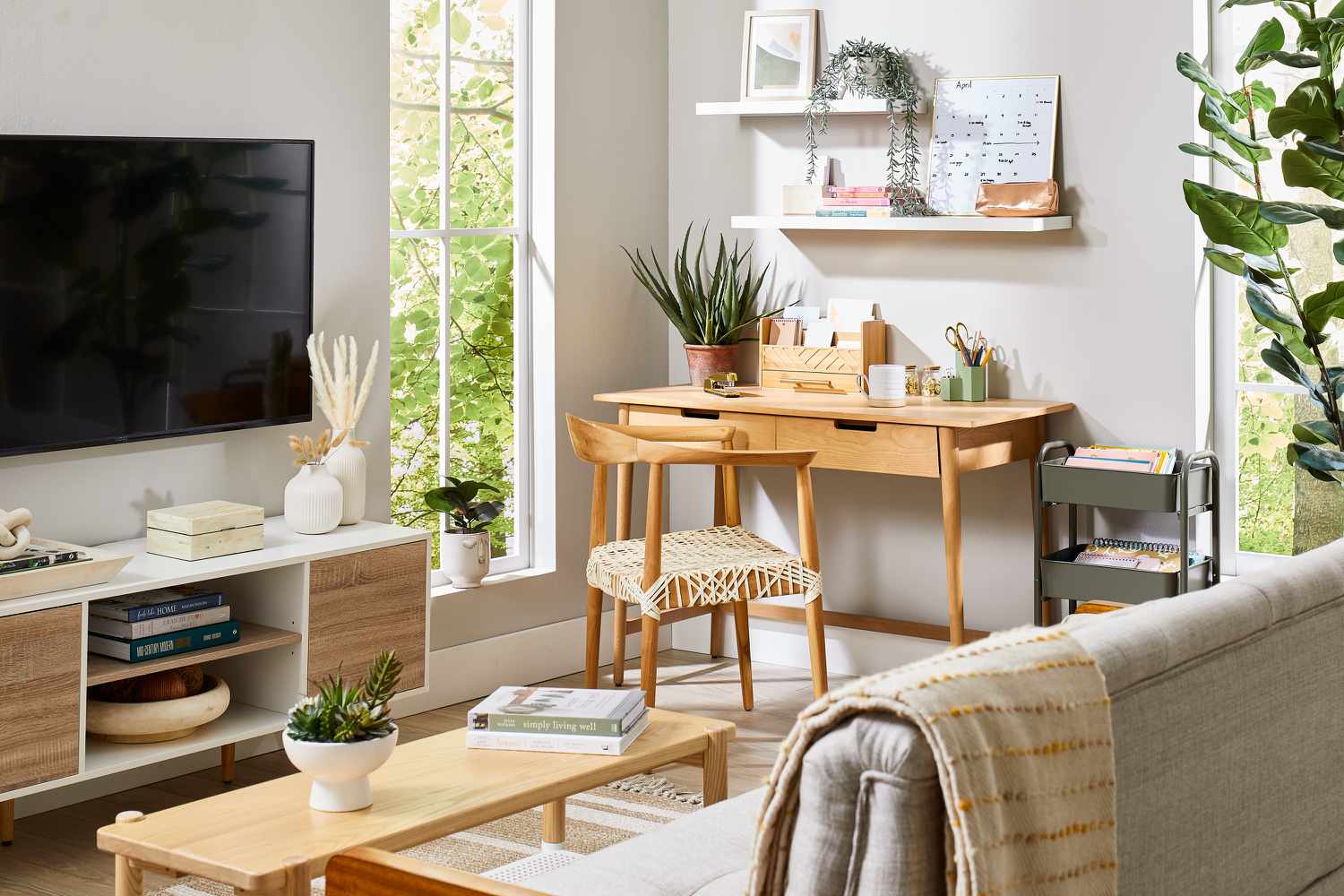
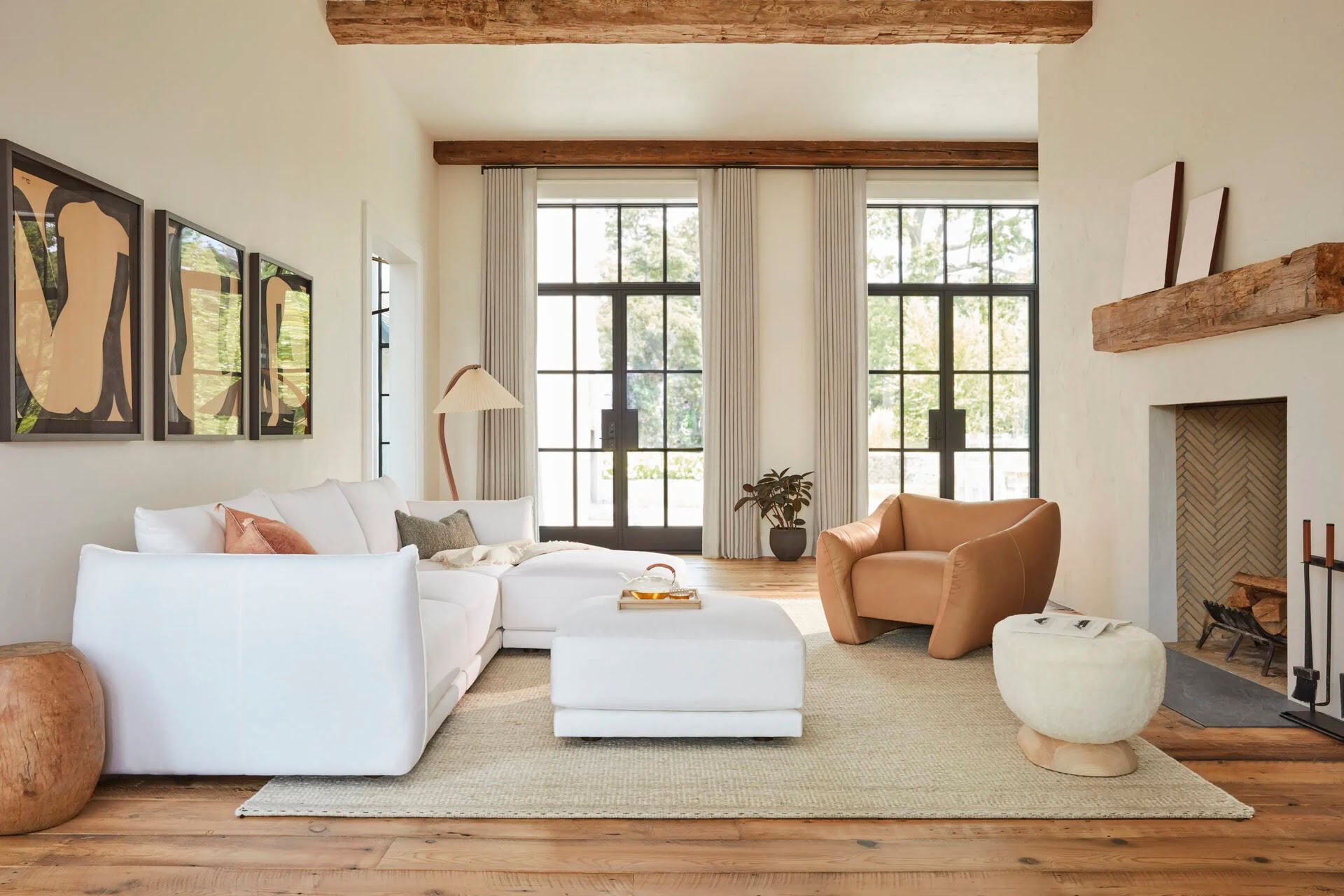

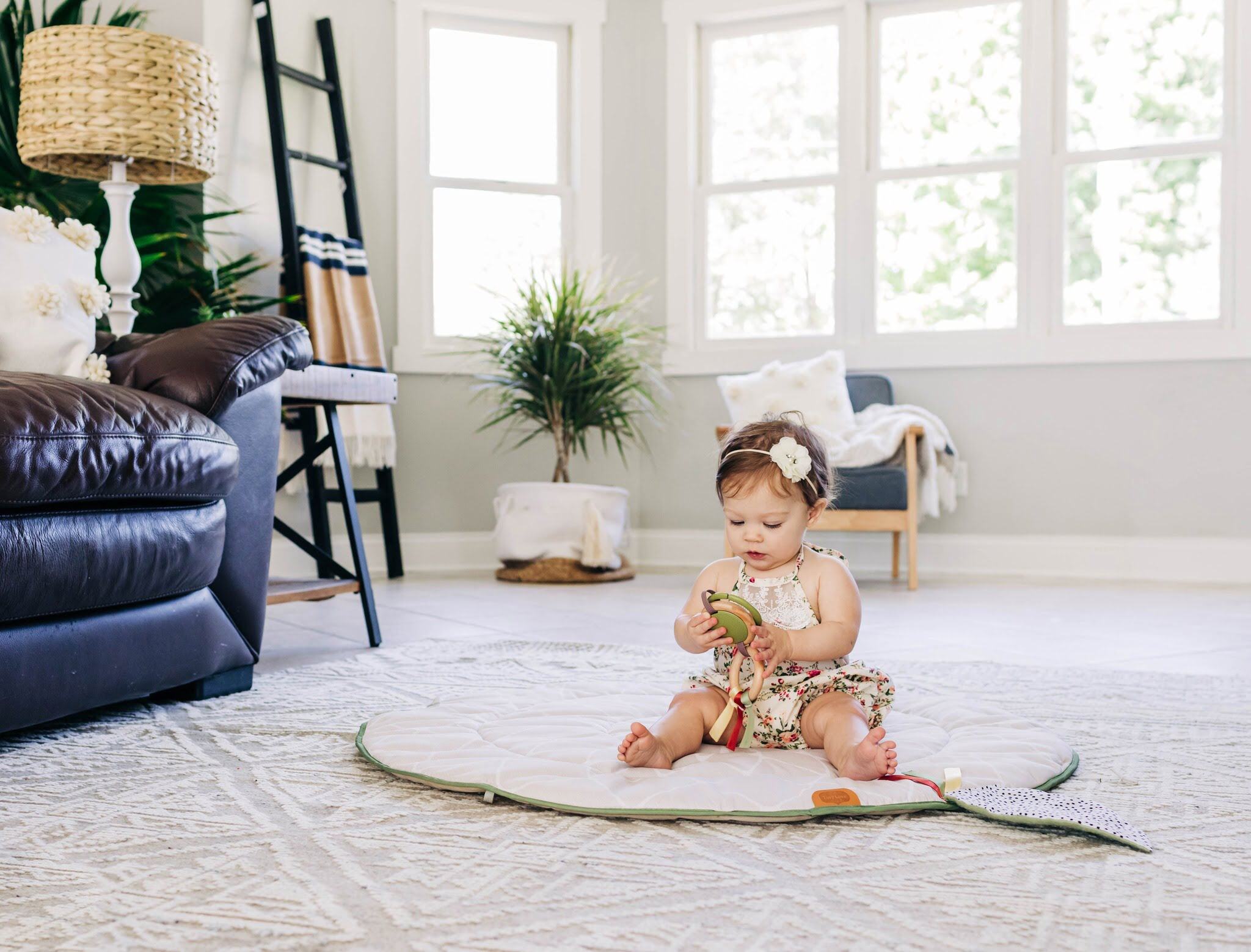
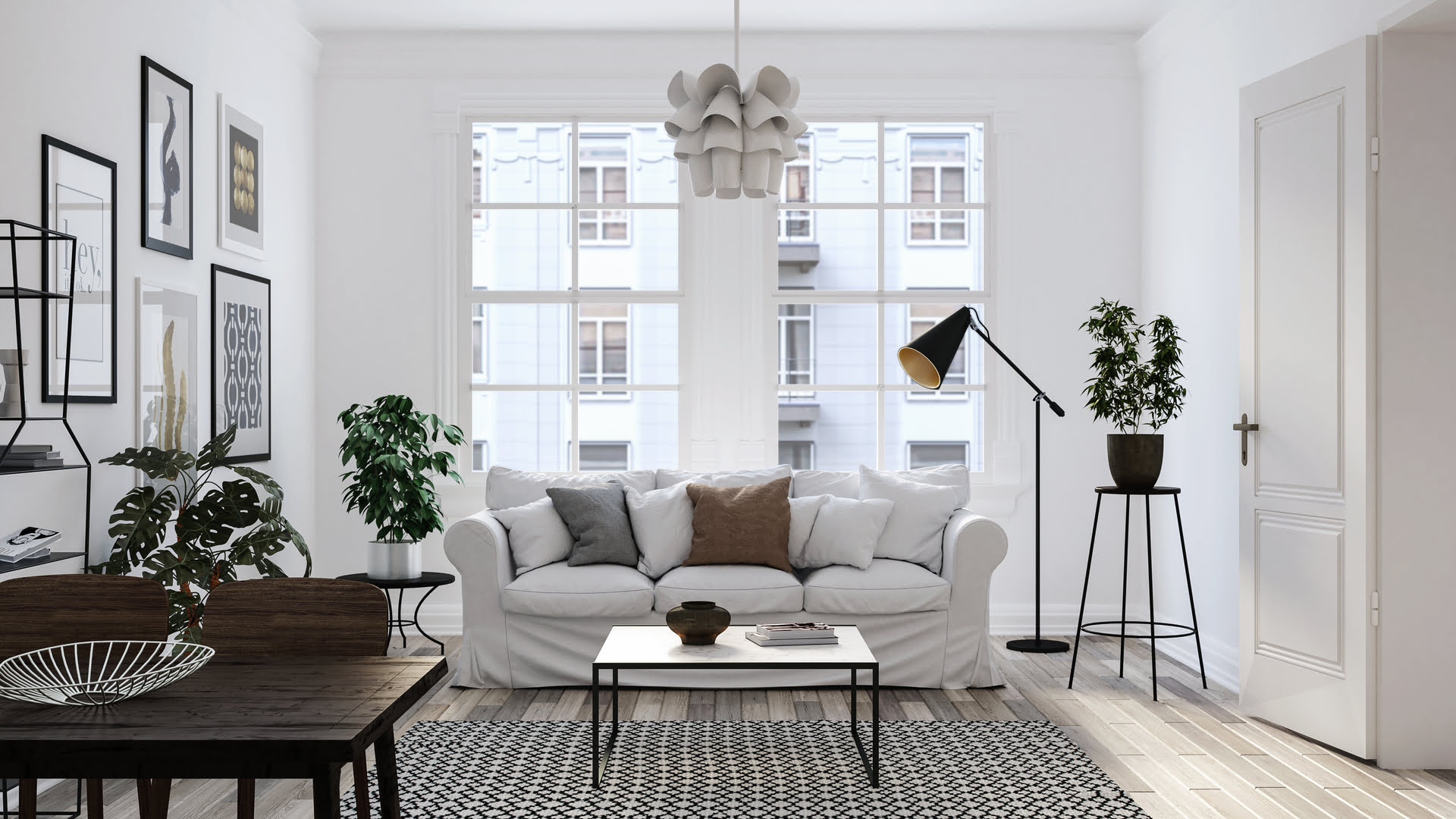
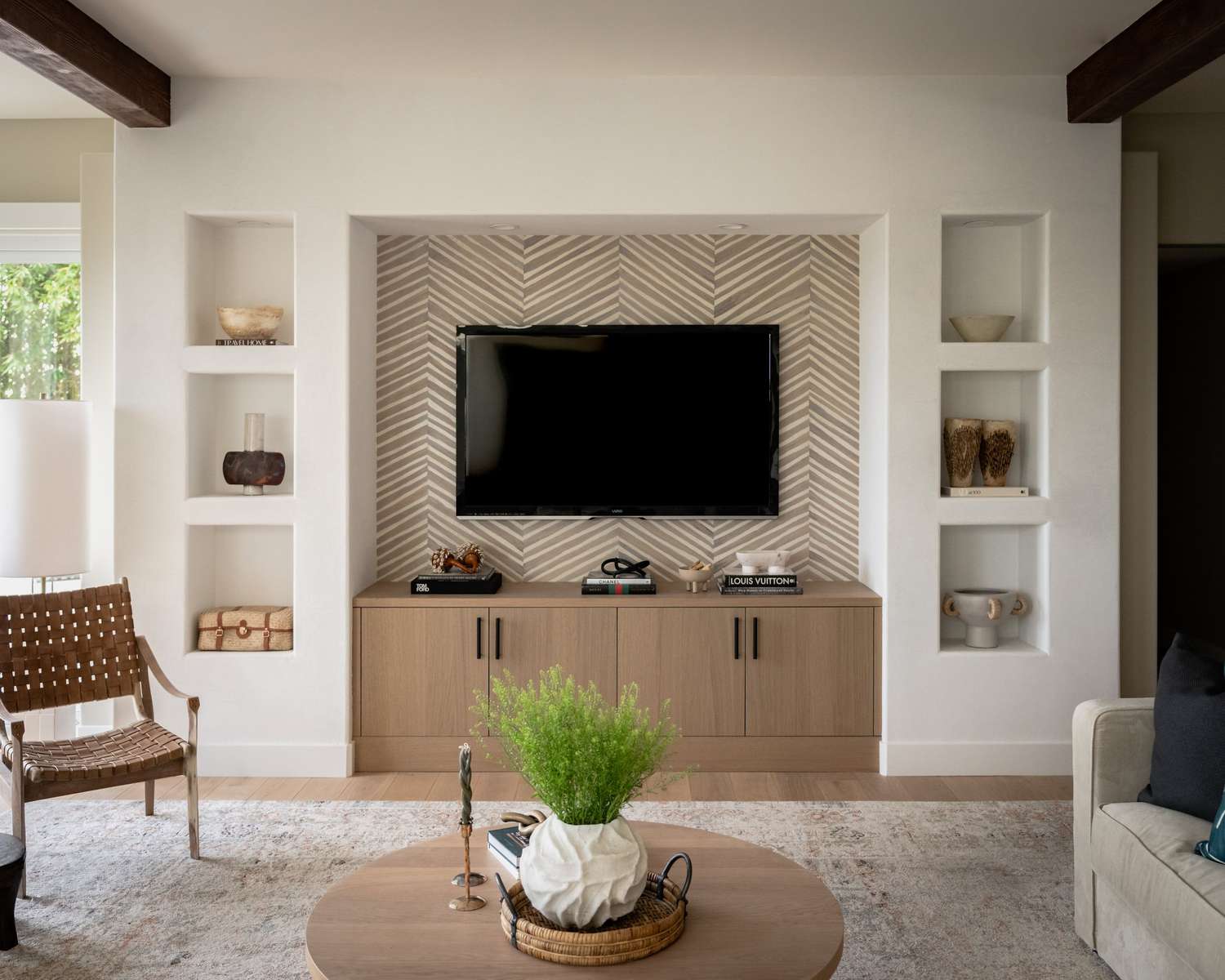
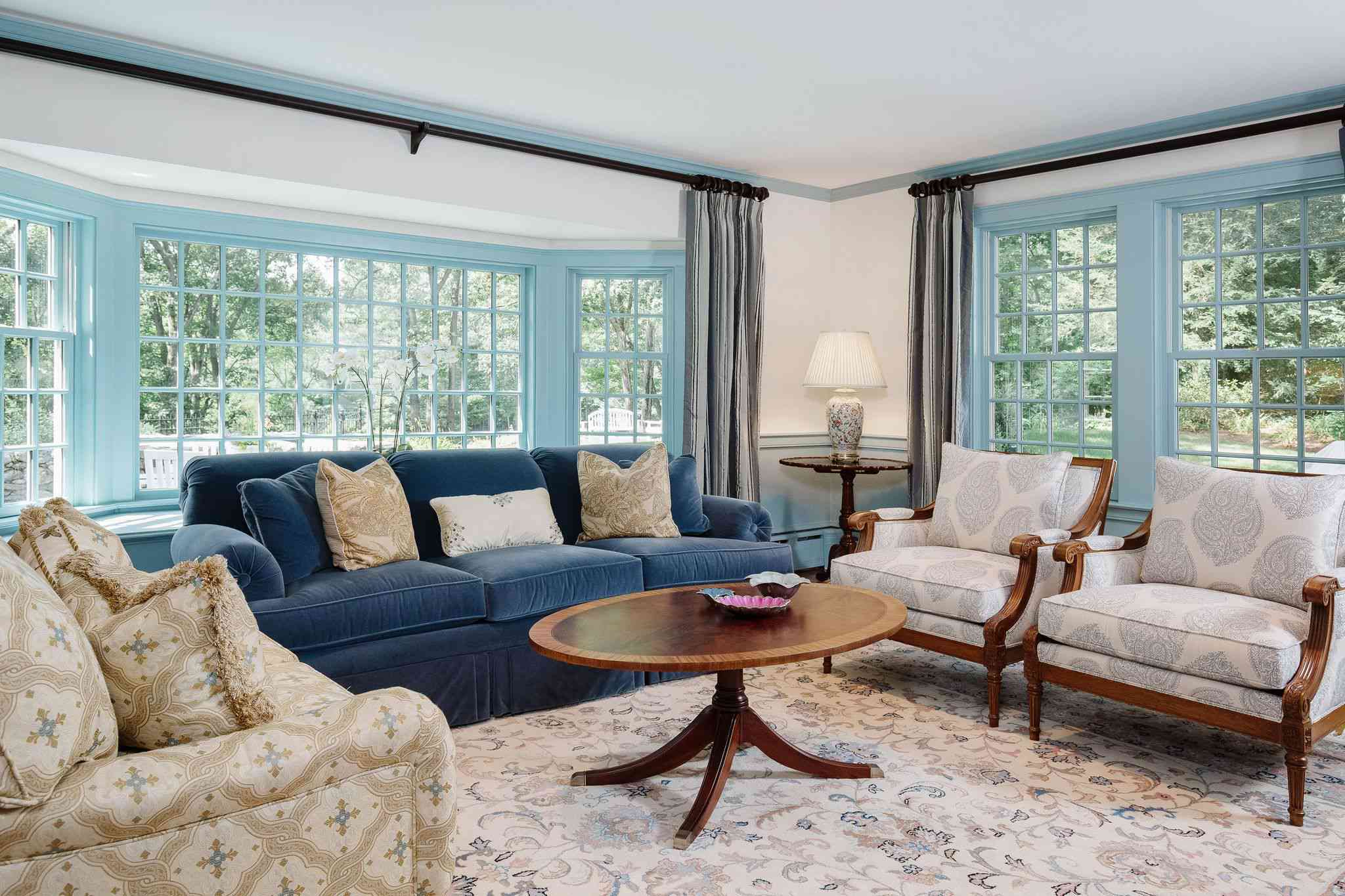
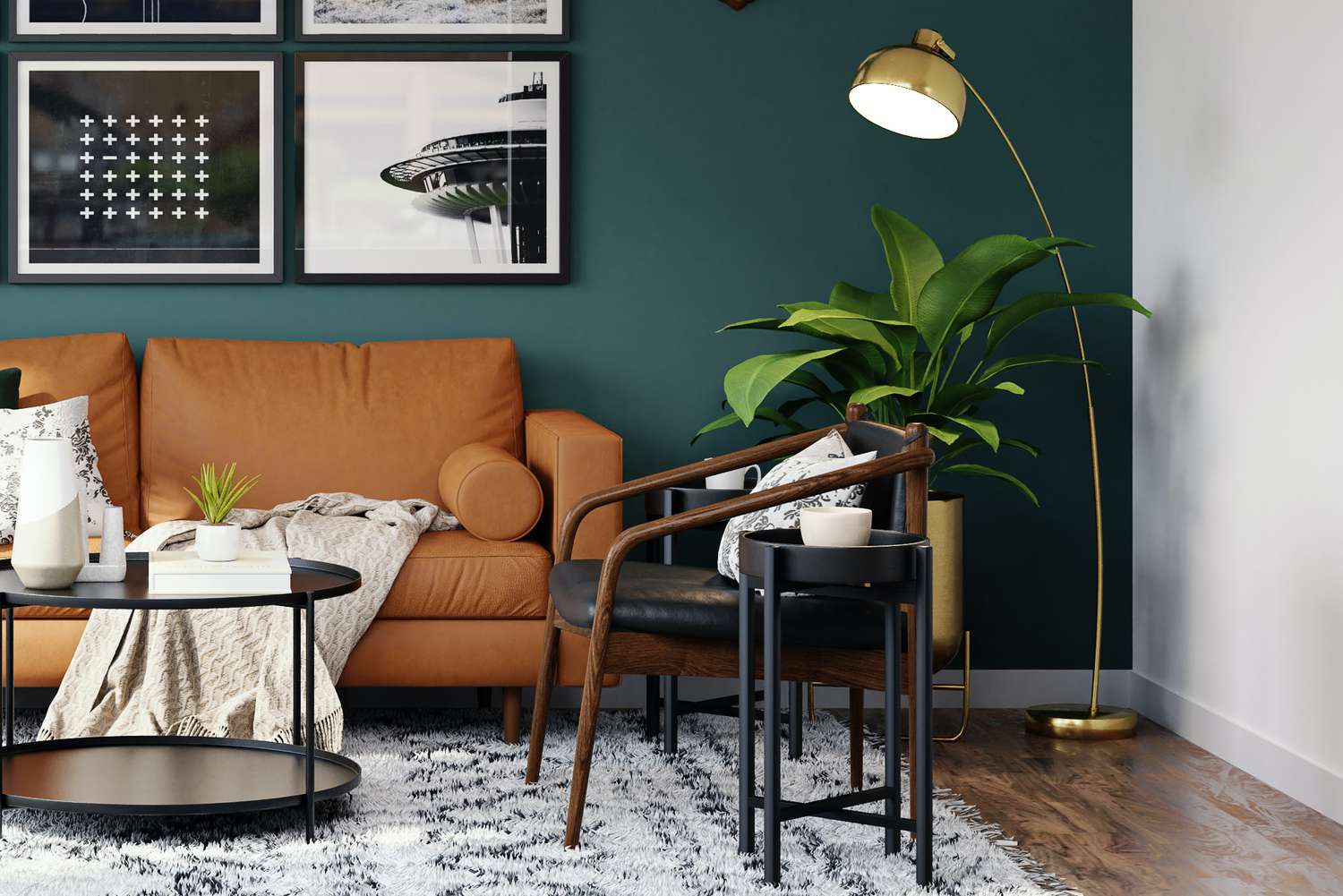
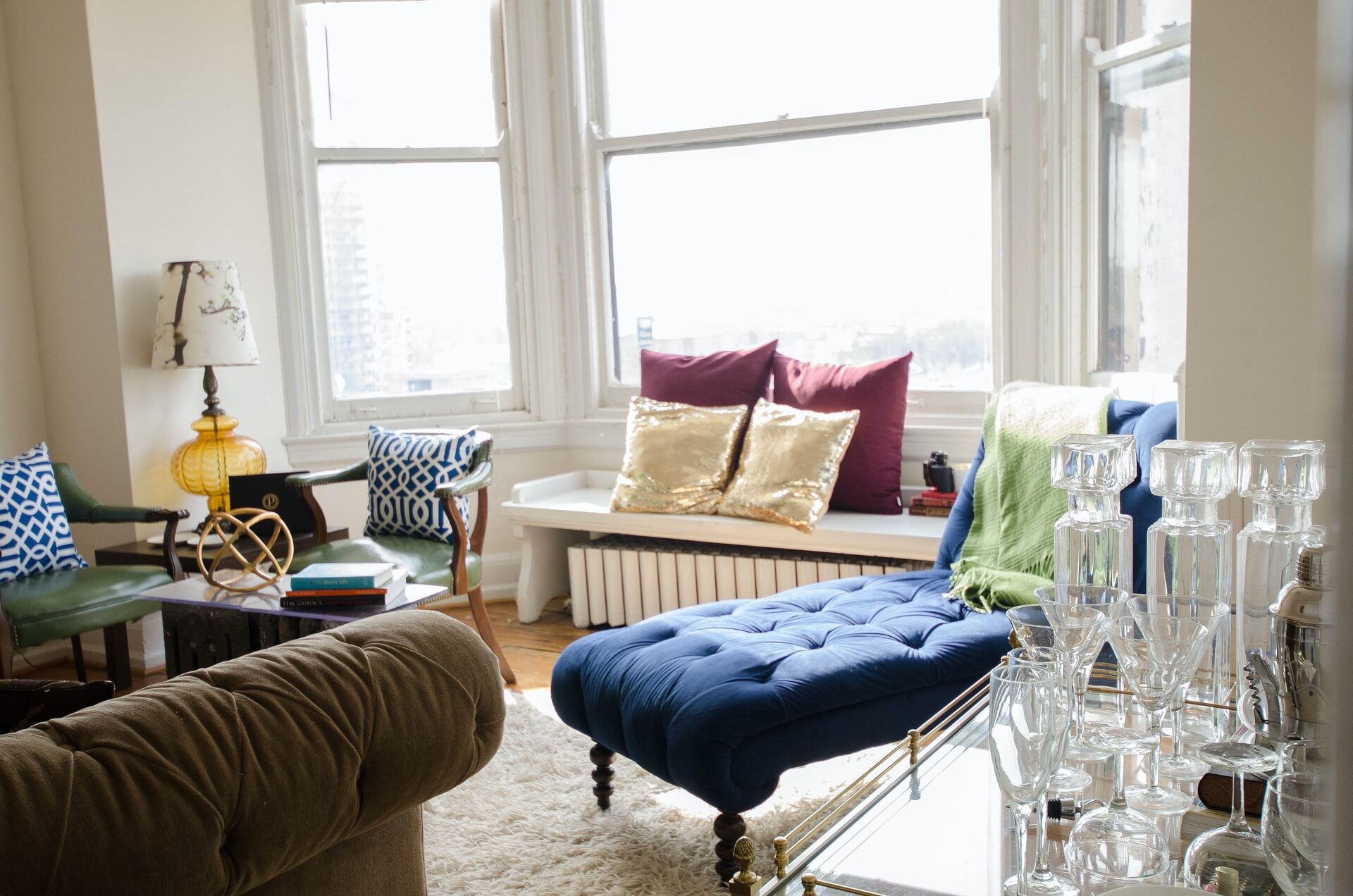
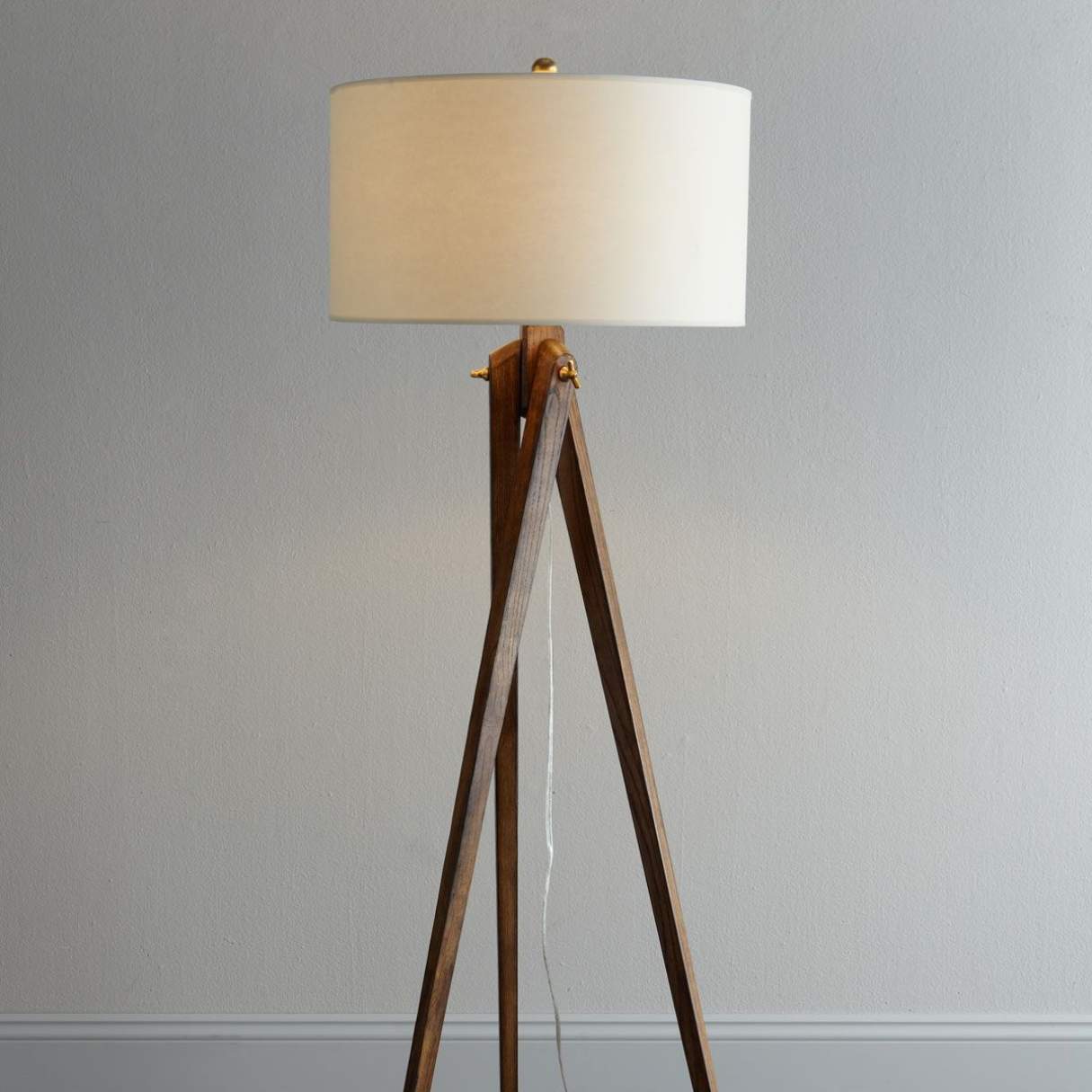

0 thoughts on “Where To Put TV In Living Room With Lots Of Windows”